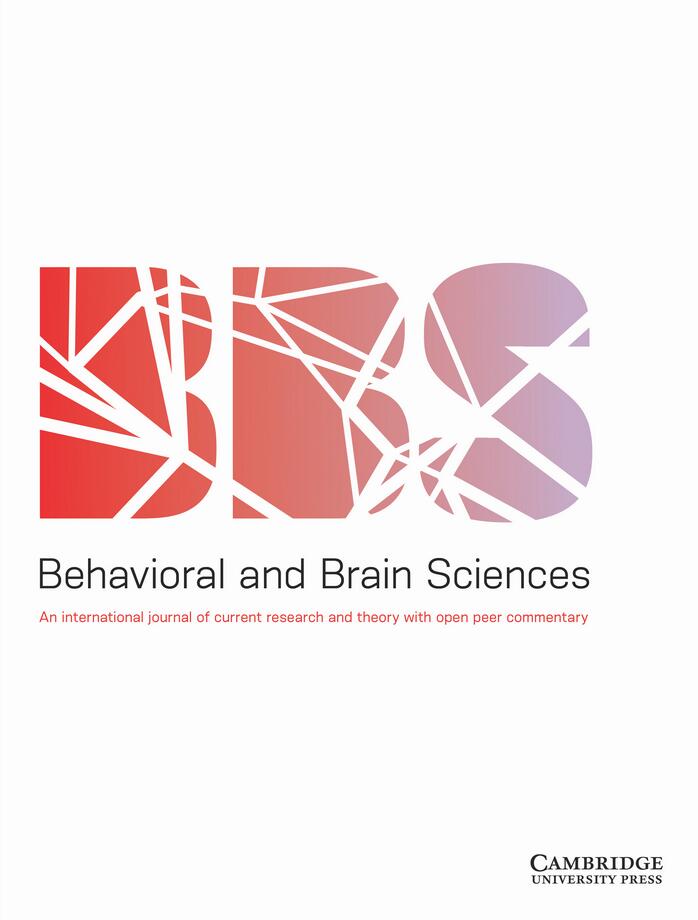提出DN(C)-模型的物质证据的良好校准的主张关于过去的文化。
IF 13.7
1区 心理学
Q1 BEHAVIORAL SCIENCES
引用次数: 0
摘要
斯蒂巴德-霍克斯提出了一个急需的案例来区分过去文化中不同类型的认知证据。然而,他并没有概述出一种适用的方法来进一步提出对过去文化的认知。我们提出了一个初始模型,用于校准关于过去文化认知和其他特征的绝对和比较主张。本文章由计算机程序翻译,如有差异,请以英文原文为准。
Proposing the DN(C)-model of material evidence for well-calibrated claims about past cultures.
Stibbard-Hawkes presents a much-needed case for distinguishing between different types of evidence for cognition in past cultures. However, he does not outline an applicable approach for moving forward in making claims about the cognition of past cultures. We present an initial model for calibrating both absolute and comparative claims about past cultures' cognition and other traits.
求助全文
通过发布文献求助,成功后即可免费获取论文全文。
去求助
来源期刊

Behavioral and Brain Sciences
医学-行为科学
CiteScore
1.40
自引率
1.70%
发文量
353
期刊介绍:
Behavioral and Brain Sciences (BBS) is a highly respected journal that employs an innovative approach called Open Peer Commentary. This format allows for the publication of noteworthy and contentious research from various fields including psychology, neuroscience, behavioral biology, and cognitive science. Each article is accompanied by 20-40 commentaries from experts across these disciplines, as well as a response from the author themselves. This unique setup creates a captivating forum for the exchange of ideas, critical analysis, and the integration of research within the behavioral and brain sciences, spanning topics from molecular neurobiology and artificial intelligence to the philosophy of the mind.
 求助内容:
求助内容: 应助结果提醒方式:
应助结果提醒方式:


